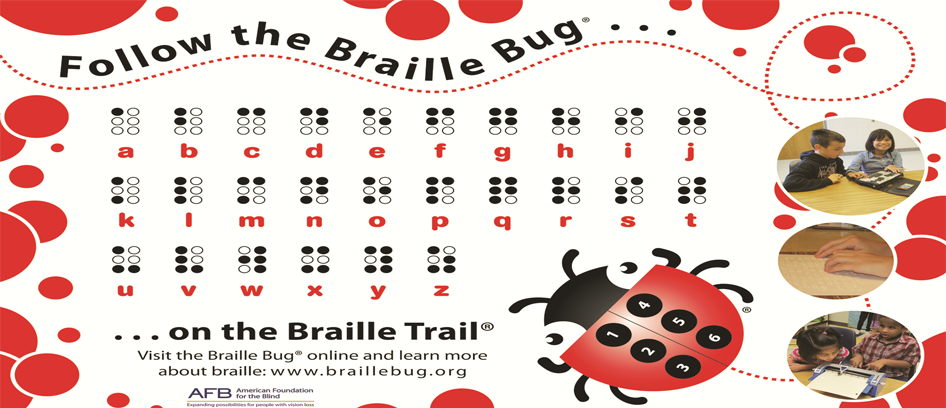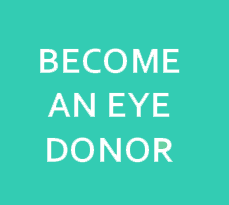

| Tactile reading, or reading by touch, has been around for thousands of years. Blindness is a condition that has been around longer than language itself. Long before history was recorded, the blind had to feel their way around. From the time that man first started communicating through the written word by chiseling pictures and symbols on stone, the blind have been trying to touch read. However, it has only been in the last few hundred years that systems for tactile reading have been attempted. The early raised alphabet system produced books for the blind that were too big and too heavy and took too long to read. In 1786, the first school for the blind, l’Institution des Enfants Aveugles (Institution for Blind Children) officially opened in Paris, France under the leadership of Valentin Hauy. In 1819, the school accepted a gifted ten year old, Louis Braille. By 1829, Louis Braille successfully completed his adaptation of a military code known as night writing into his own reading code for the blind. This is what is known today as Braille. Braille has achieved global acceptance and has been adapted to almost every language around the world. Braille is comprised of six dot cells, two across and three down. There are 64 combinations of raising these dots in each cell. This accommodates all the letters of any language with punctuation and numbers – all this fitting on a fingertip. Braille is read by moving the hand or hands, left to right, using the index finger to touch each cell. The average Braille reader can read about 100-120 words a minute. By contrast, an average sighted reader can read about 250-300 words per minute. Th e debate over whether or not tactile reading should be in Braille or in raised letter format is still ongoing. However, despite the challenges to the system, Braille has maintained its worldwide acceptance. The Braille system adapts very well into the realm of computers and assistive technology. With tools such as Braille displays and Braille printers the blind can use computers to their full potential. Click here to learn more about computers, and how they accommodate Braille users. Before purchasing any visual aids, please see our Product Discount Program for the discount promo codes for all participating vendors. |

Heritage for the Blind
© 2017
Donor Privacy Policy


